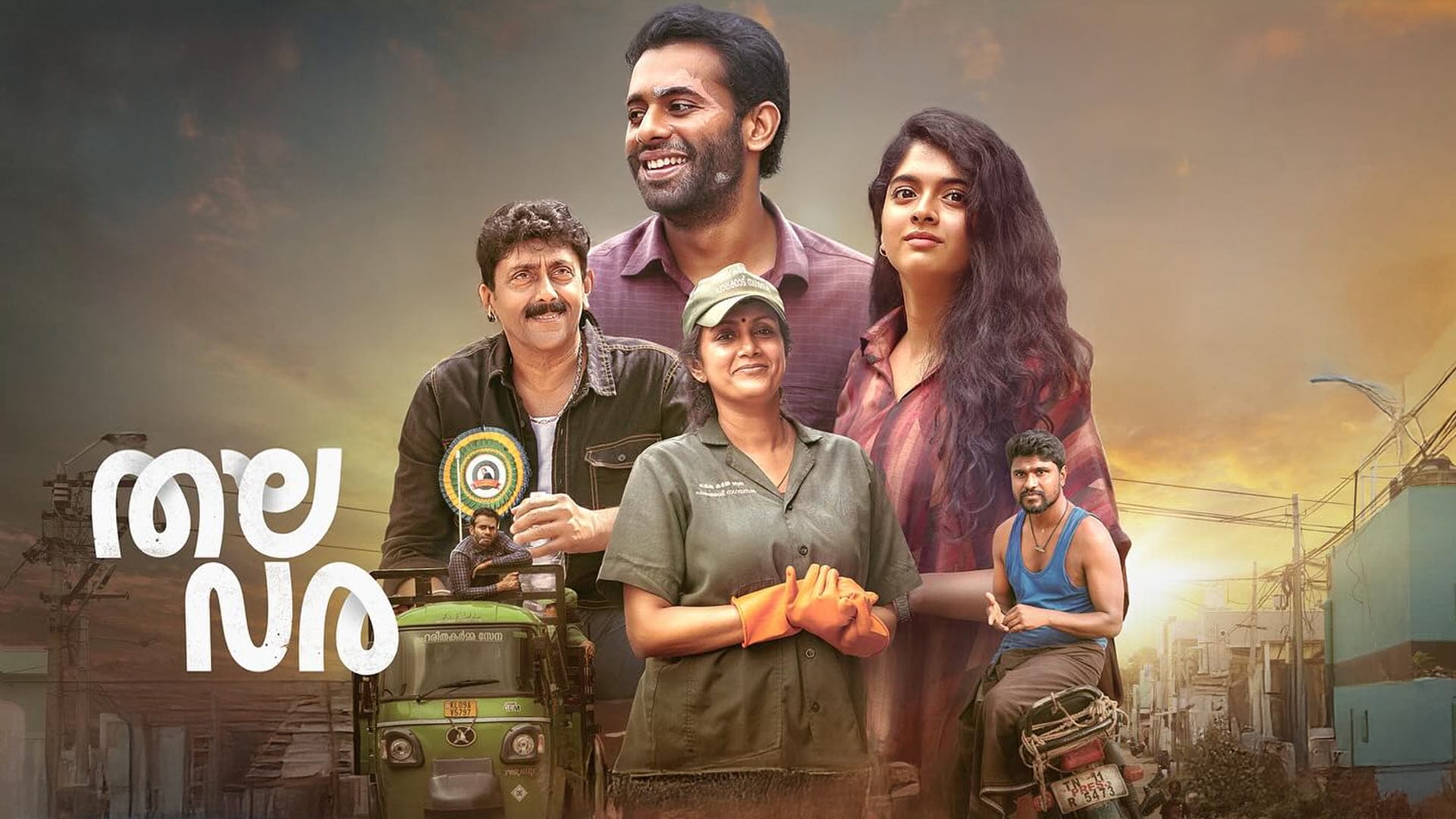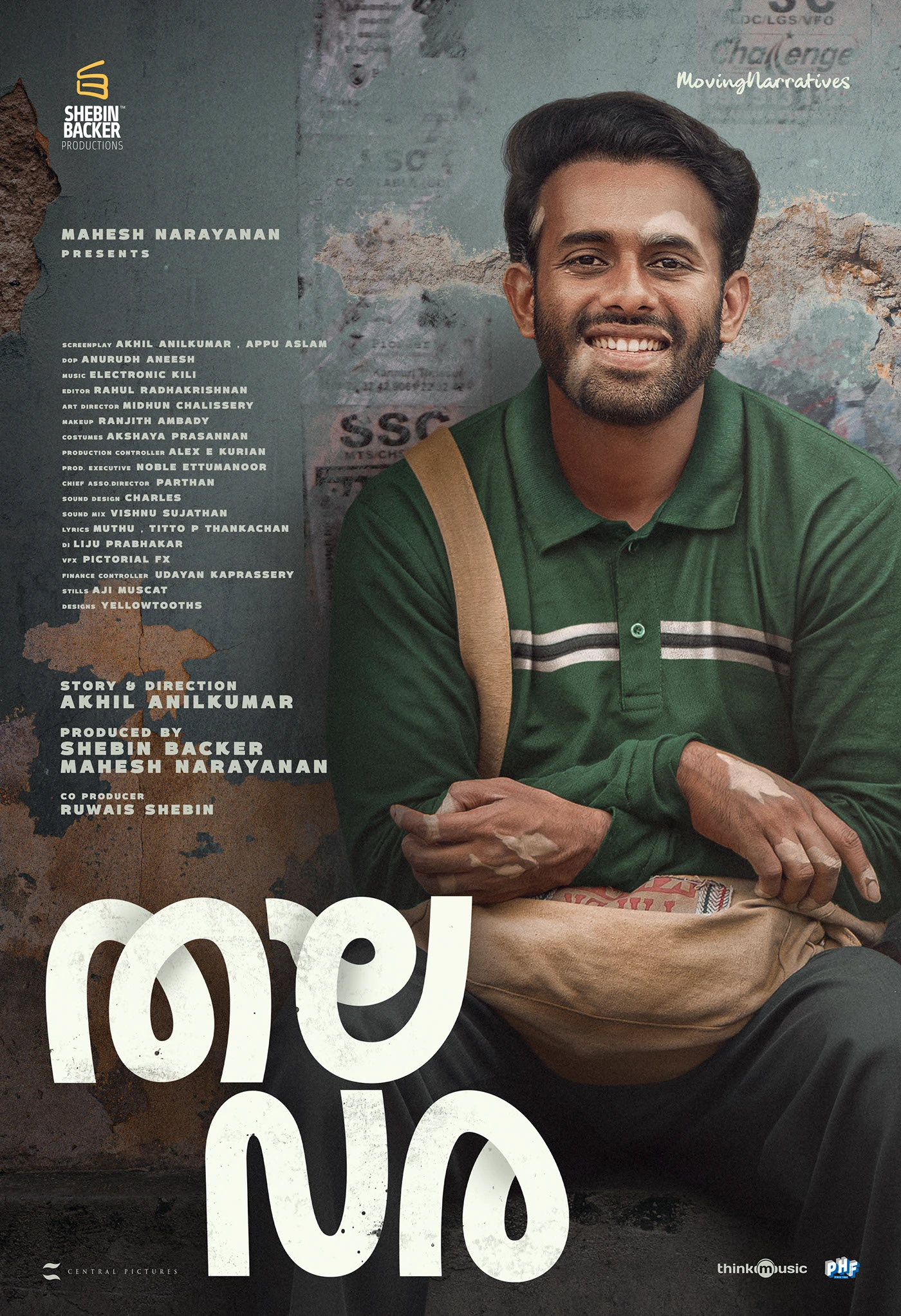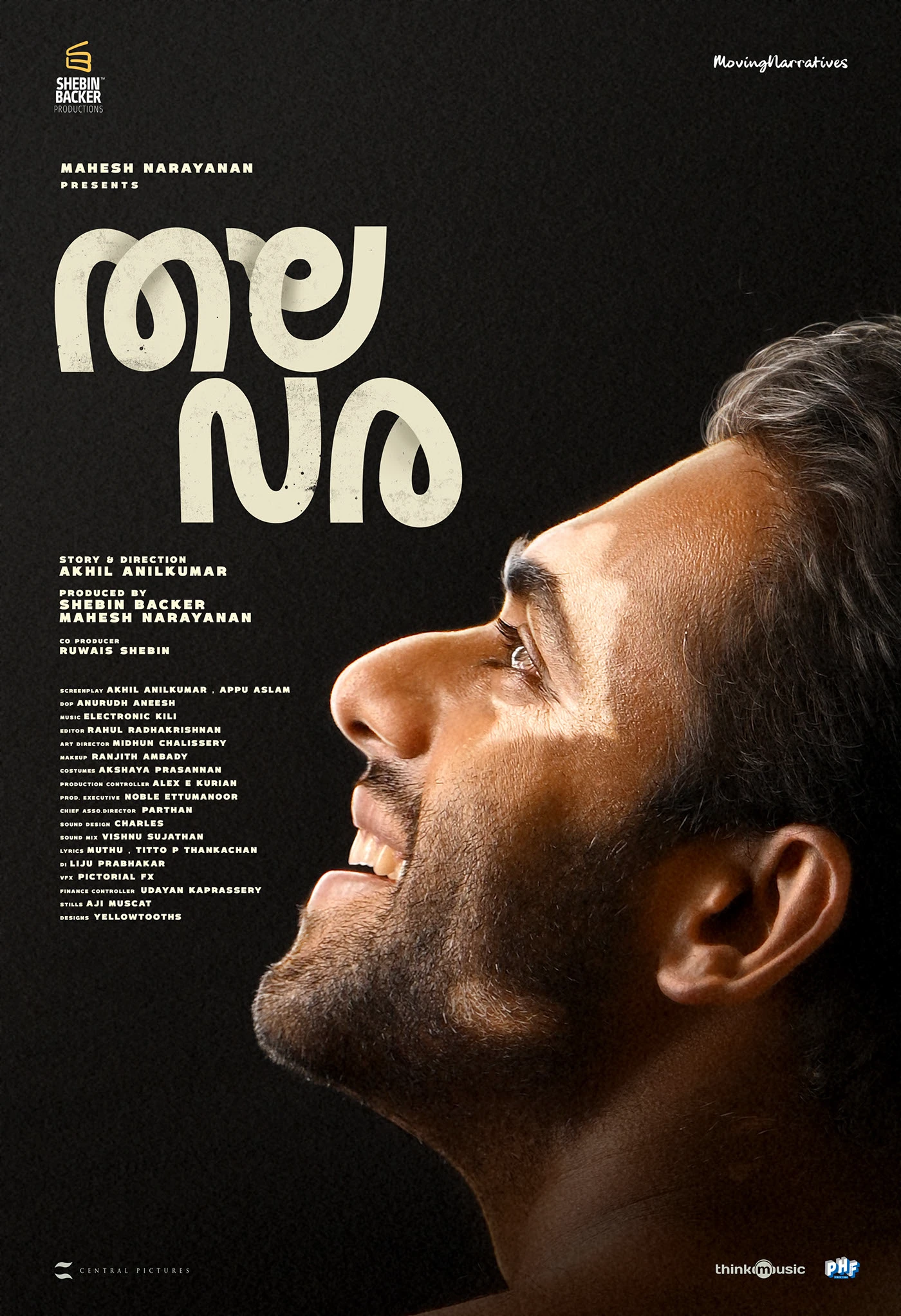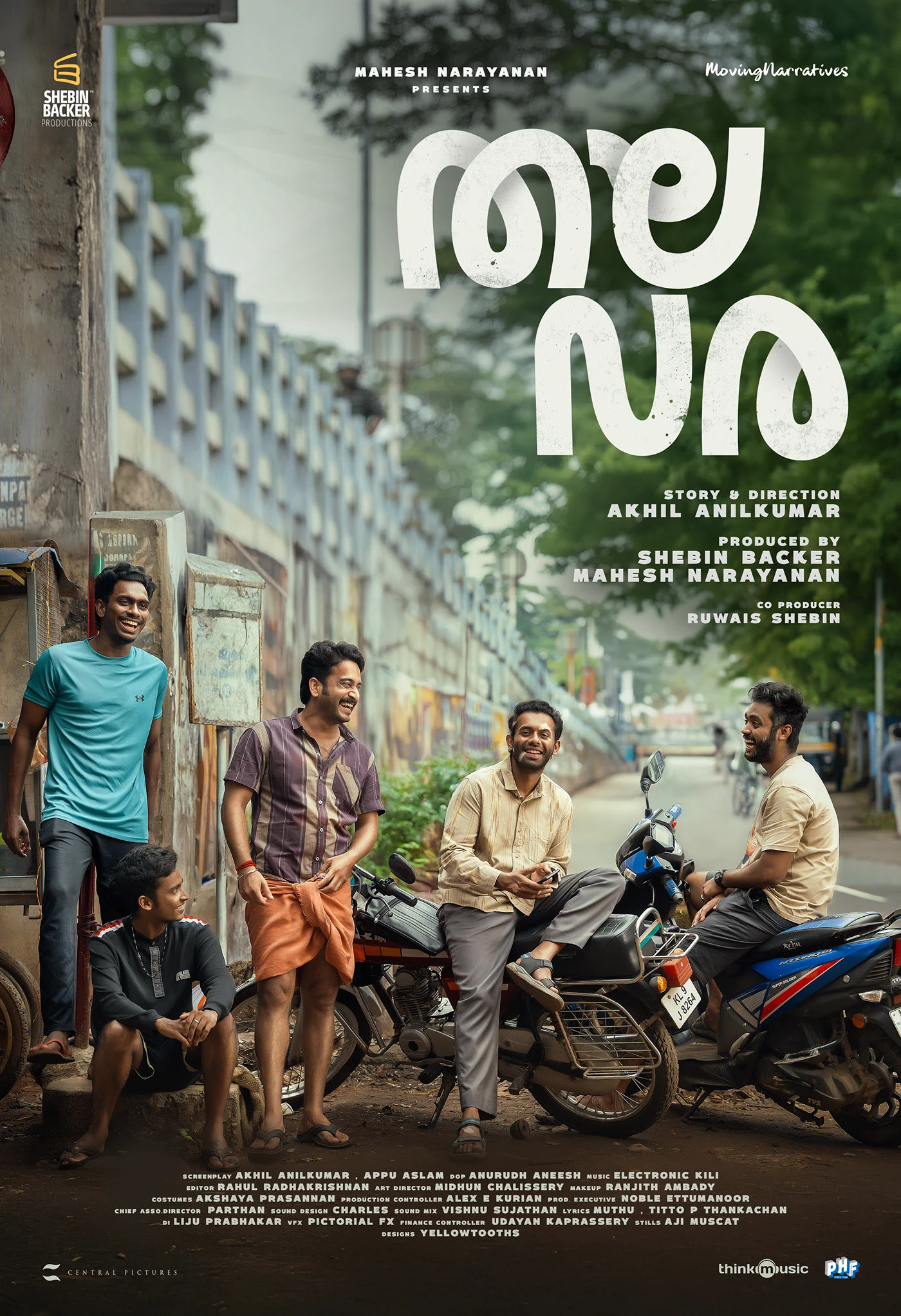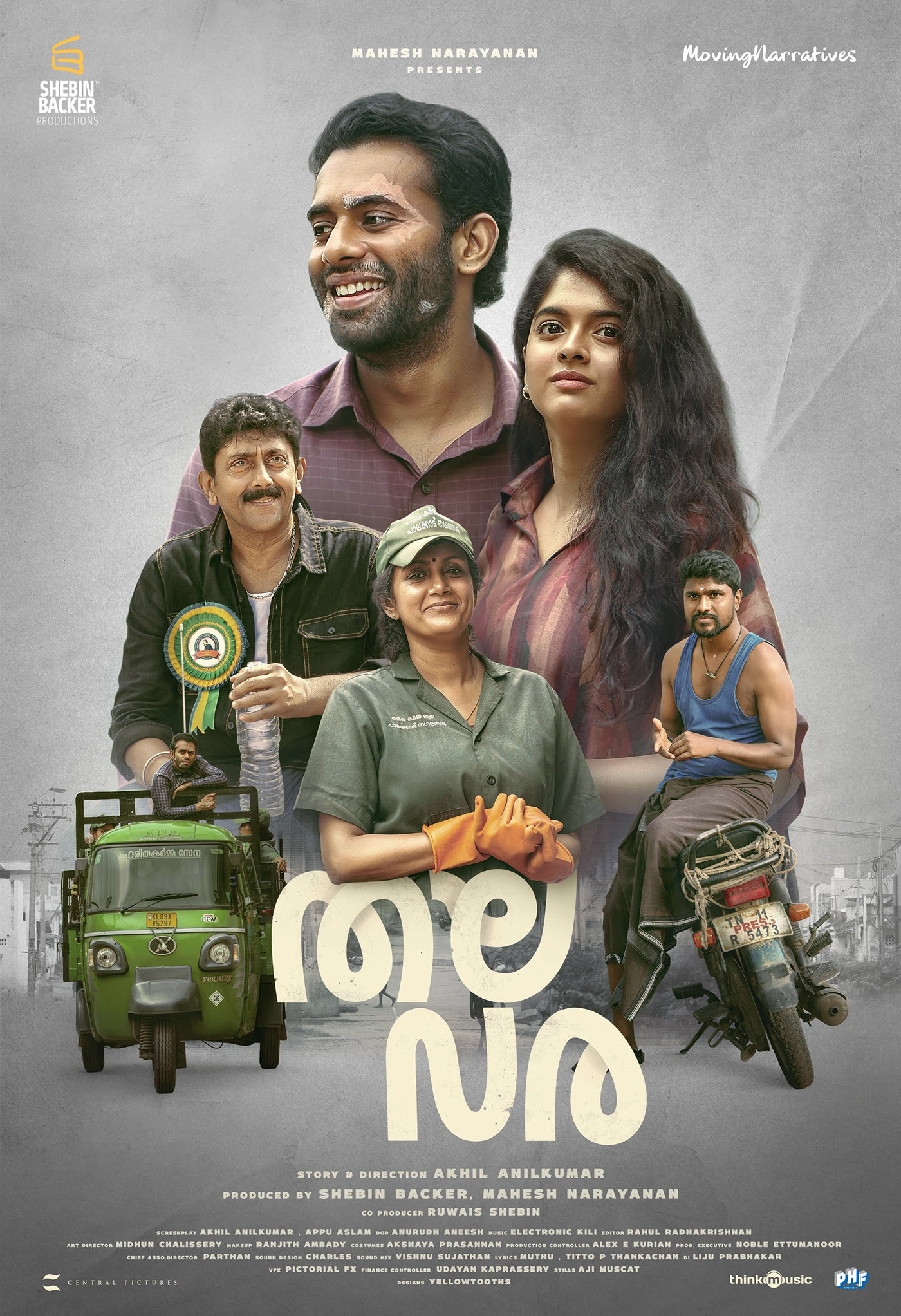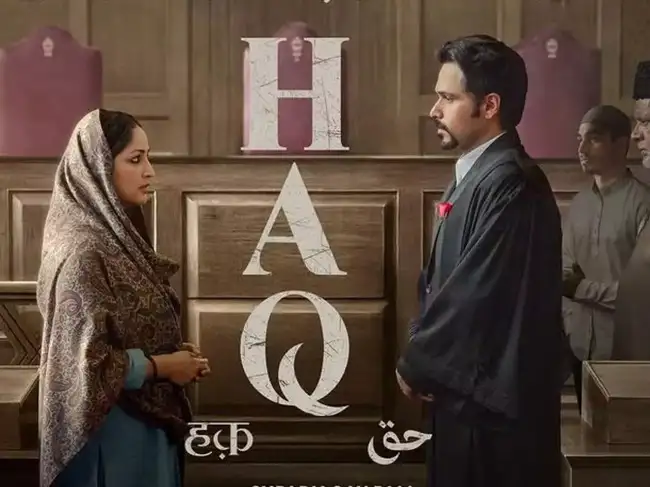The Malayalam film industry has given the Indian audience its fair share of progressive films. Over the years, it has produced movies like The Great Indian Kitchen, Kumbalangi Nights, Uyare, Ee. Ma. Yau., etc., on themes such as patriarchy and gender roles, female agency, mental health, and social hierarchies which challenge the conventional and mainstream narratives in nuanced ways.
In the same vein, Thalavara fits within this tradition by telling the story of Jyothish – a man living with Vitiligo, who aspires to be an actor. The opening sequence wastes no time in showing how society treats physical differences when everyone around Jyothish casually reminds him of his condition, belittling him until his entire identity appears reduced to ‘the man with vitiligo.’
The movie bases its theme on hardships and acceptance while also navigating the emotional labour of getting there.
The male protagonist in Thalavara: masculinity, vulnerability, and class
Jyothish is a really well written character making a significant departure from the hyper-masculine ‘standard’ which dominates mainstream Malayalam cinema. He is portrayed as sensitive, insecure, and deeply affected by the social stigma surrounding his vitiligo, who at any point does not engage with any form of ‘heroic masculinity’ popularly seen in mainstream movies.
Further, as a man from a lower-class background working in a supermarket, he faces both economic constraints and a lack of respect from the society. Masculinity in such settings is often tied to the ability to “provide,” to be physically and socially “strong,” and to command dignity. His dream of becoming an actor, therefore, is not merely about individual ambition but an attempt to meet a gendered expectation to “amount to something.”
It is worth nothing that though vitiligo is central to the plot, Thalavara does not portray it as something to be seen with pity.
It is worth nothing that though vitiligo is central to the plot, Thalavara does not portray it as something to be seen with pity. It seems so that the director is attempting to shed light on what is considered to be a “normal” body and what makes someone worthy of respect by leading the audience to confront their biases. Thalavara does not show Vitiligo as something to “overcome” but rather something which co-exists with Jyothish’s journey.
The intersectional storytelling of Jyothish is also executed with great care and empathy, particularly in standing in stark contrast to mainstream cinema’s tendency to portray lower-class based characters as either hyper-masculine, angry rebels or shallow comic relief with little emotional depth.
By the end of Thalavara, we see Jyothish becoming softer and embodying a more vulnerable masculinity as he accepts himself without becoming bitter.
The narrative of Thalavara and who’s important
Despite Kerala’s progressive reputation, there is an increasingly popular trend seen in Malayalam movies where they either side-line women entirely or render them inconsequential. In line with this, the women in Thalavara are narratively important, but only insofar as they are connected to Jyothish’s character arc.
In contrast to how the male lead character was written, the film does falter when it comes to the depth, agency and individuality of female characters beyond being secondary characters, love interest or catalysts.
There is a particular scene in Thalavara where Jyothish’s sister, Jyothi, has a secret marriage with his friend. The marriage is then tied to conflict where Jyothish’s vitiligo is brought up in a derogatory way with shame. This shows how women’s choices in the family are also policed through reference to the male member’s weakness. This is also a moment where class, gender and appearance intersects to determine how much freedom a woman has to marry whom she wants. Jyothi’s story ultimately ends without exploring her agency in the marriage or her position in a family negotiating shame.
Jyothi’s story ultimately ends without exploring her agency in the marriage or her position in a family negotiating shame.
Jyothish’s mother is shown as a Haritha Karma Sena worker – a venture working in the field of sanitation in local self-government bodies in Kerala, worn from decades of labour and social pressure. What could’ve been a site to explore women’s labour, generational frustration, and how mothers shape sons’ ideas of masculinity, Thalavara falters in making her a fully realised character.
The female love interest: individuality and agency
Jyothish’s love interest Sandhya, is introduced much later in the movie and she is shown as a catalyst to his emotional journey. Her questions and conversations are what prompt Jyothish to open up about his experiences of discrimination. And in many ways, Sandhya’s gradual acceptance of Jyothish is meant to mirror what the film wants its audience to feel, that vitiligo should not be seen as a disqualifying feature for love, intimacy, or dignity.
While it appears appreciable following the plot of acceptance, yet through a gendered lens, Sandhya’s character is not fully realised as a person, in the sense that she exists to support Jyothish rather than charting her own path.
Her delayed entrance is identical to the common trope of the female lead arriving to repair, heal or soften the male protagonist. It suggests she’s less of an individual and more of a narrative catalyst. Thalavara does not give us enough tools to emotionally invest in Sandhya’s own journey. Her desires and conflicts are explored but almost always in relation to her growing affection for Jyothish in the same society which discriminates against him.
Thalavara does not give us enough tools to emotionally invest in Sandhya’s own journey.
It also raises the question of would the same struggles be portrayed if Sandhya was the one with Vitiligo? Would she still get to dream of being an actor or would marriage or social ostracism dominate her narrative?
The broader problem of representation
There is a growing issue within the Malayalam film industry wherein women are either absent or get marginal roles in Malayalam cinema. Some recent male-centric blockbusters feature female characters only in superficial or tokenistic ways. It has had notable exceptions with films like 22 Female Kottayam, The Great Indian Kitchen, and Bangalore Days where it elevated female protagonists with agency and emotional complexity. However, recent hits such as Manjummel Boys, Aavesham, and Varshangalkku Shesham have reverted to sidelining women altogether.
Malayalam cinema often hides behind its reputation of being progressive and “realistic,” which makes its gender-blind spots even more glaring. Women characters are often written with depth, but they rarely drive the plot forward, instead their growth is tied to the moral, emotional, or social evolution of the male lead.
When film narratives continually position women as supporting characters or erase them altogether, audiences are left with a skewed image of gender dynamics where men’s struggles are prioritised while women’s interiority is side-lined. This not only limits the diversity of stories being told but also normalises a cinematic language where women’s agency is conditional and derivative of male experiences.
Such representation where women are flattened into the narrow roles of being the supportive girlfriend, the moral mother, or the silent sufferer perpetuates systemic erasure of the complexities outside of the narrative.
Thalavara‘s greatest strength lies in its honest portrayal of vitiligo, a condition often used in cinema either for pity or as a symbol of otherness. It succeeds in delivering a message about acceptance and highlighting struggles and stigma faced by people with Vitiligo.
While the film acknowledges the importance of empathy, it does not fully translate that empathy into exploring women’s lives.
Where it falls short is when it comes to its female characters. Their arcs remain underdeveloped, and their struggles, though hinted at, never receive the same narrative weight. While the film acknowledges the importance of empathy, it does not fully translate that empathy into exploring women’s lives.
Thalavara tackles social issues but also reminds us that future films should not just include women in the conversation about acceptance but allow them to lead it.
About the author(s)
Mema is currently a Master's student at South Asian University (SAU). Hailing from Manipur, her lived experiences there have shaped a deep commitment to the feminist cause. She cares deeply about women and their future, which she tries to convey with her writing. She finds joy in reading, writing and cooking.
